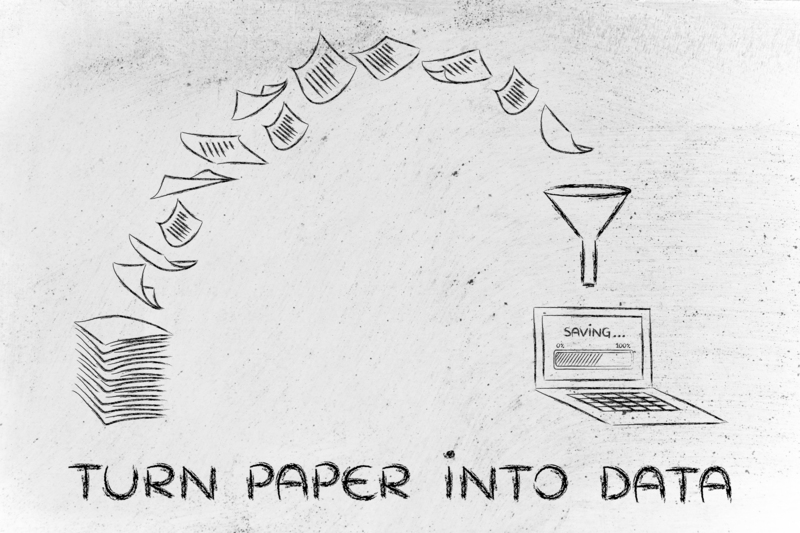Creative Ideas for Waste Reduction at Home: A Comprehensive Guide
Adopting a zero-waste lifestyle is becoming increasingly popular as more people seek ways to reduce their environmental footprint and create a greener planet. If you're searching for innovative ways to reduce waste at home, you've come to the right place! In this article, we'll delve into a mix of easy-to-implement habits, clever upcycling projects, and creative waste management strategies. Whether you're a sustainability enthusiast or just starting your eco-journey, these creative ideas for waste reduction at home will help you make a noticeable impact.

Why Focus on Household Waste Reduction?
Households create a significant portion of municipal waste, much of which ends up in landfills and contributes to pollution. By minimizing home waste, you can:
- Decrease landfill contributions
- Conserve natural resources
- Lower household costs
- Promote a healthy living environment
The journey towards a sustainable lifestyle begins right at home. Ready to get started? Let's explore actionable, effective, and creative methods for household waste reduction.
1. Embrace the Three R's: Reduce, Reuse, Recycle
Reduce: Thoughtful Consumption
Reducing waste at its source is the most effective method. Consider the following:
- Buy in bulk to minimize packaging waste.
- Choose products with minimal or recyclable packaging.
- Opt for digital receipts and subscriptions to cut down on paper clutter.
Reuse: Give Items a Second Life
Before tossing something out, ask yourself if it can be reused:
- Repurpose glass jars as food containers, vases, or organizers.
- Transform old clothing into rags, tote bags, or even quilts.
- Use sturdy packaging boxes for storage or donation.
Recycle: Process Materials Responsibly
Set up a sorting station at home for recyclables like paper, plastic, and metal. Stay informed on your local municipality's recycling guidelines to maximize effectiveness.
2. Creative Upcycling and DIY Projects
Upcycling is the process of transforming waste materials or unwanted products into new items of better quality or environmental value. Here are some innovative ideas for reducing home waste creatively through upcycling:
DIY Planters from Old Containers
Convert empty cans, bottles, and jars into unique planters for herbs or succulents. Not only does this reduce waste but also brings some greenery into your space!
Furniture Revamps
Give old furniture a new look with a fresh coat of paint or repurpose wooden pallets into shelving, coffee tables, or even bed frames.
Crafty Decorations
Use wine corks, bottle caps, or unused magazines to create artistic decor pieces. For example, wine corks can become bulletin boards, and old magazines can be woven into coasters or baskets.
3. Smart Shopping: Waste-Free and Mindful
Adopt a Zero-Waste Grocery List
- Bring your own reusable shopping bags, produce sacks, and containers to the store.
- Shop at local farmers markets for loose produce.
- Choose products in bulk to reduce packaging waste.
Invest in Reusable Items
- Switch to washable kitchen cloths and handkerchiefs instead of paper towels and tissues.
- Replace single-use plastic wraps with beeswax wraps or silicone lids.
- Opt for stainless steel or glass water bottles over disposable plastic ones.
4. Tackle Food Waste at Home
Did you know that food waste is a major contributor to household garbage? Here's how to minimize it:
- Meal plan weekly to buy only what you need.
- Practice "first in, first out" pantry rotation: use older ingredients before buying new ones.
- Store food correctly to extend freshness--use airtight containers and proper refrigeration.
- Compost food scraps like peels, eggshells, and coffee grounds for garden fertilizer.
- Be creative with leftovers--turn them into new dishes such as soups, stews, or casseroles.
5. Composting: Transforming Waste into Resource
Home composting is a powerful tool in the journey to household waste reduction. Composting organic matter creates rich fertilizer for gardens and reduces waste volume.
How to Start Composting at Home
- Designate a compost bin or pile in your backyard or use a countertop composter for smaller spaces.
- Add kitchen scraps like fruit, vegetables, coffee grounds, and eggshells.
- Balance "greens" (nitrogen-rich materials) with "browns" (carbon-rich materials) for efficient composting.
- Avoid adding meat, dairy, or oily foods as they attract pests.
- Regularly turn and aerate the compost to speed up decomposition.
*Composting not only reduces landfill waste but also enriches your soil naturally and for free!*
6. Reduce Paper Waste at Home
- Switch to digital statements and documents when possible.
- Use both sides of paper before recycling.
- Repurpose envelopes and cardboard for notes or crafts.
- Install a "No Junk Mail" sign on your mailbox.
7. Creative Waste-Free Kitchen Ideas
Make Your Own Cleaning Products
Ditch single-use cleaning wipes and plastic bottles. Mix simple ingredients like vinegar, baking soda, and essential oils for effective and sustainable DIY cleaners.
Reusable Food Covers and Containers
Swap out plastic wrap for beeswax wraps, silicone lids, or reusable containers.
Bulk Buying and Storage Solutions
- Buy staples like rice, pasta, and beans in bulk using your own containers.
- Use labeled jars for storage--this reduces packaging waste and keeps your pantry organized.
8. Clothing and Textile Waste Reduction
The fashion industry is among the top contributors to global waste. Here's how to combat textile waste at home:
- Purchase high-quality, timeless clothing that lasts longer.
- Host clothing swaps with friends and neighbors.
- Upcycle torn clothes into cleaning rags, dog toys, or patchwork quilts.
- Donate gently used items to local charities or thrift stores.
- Repair instead of replace--learn basic mending skills or use iron-on patches.
9. Manage E-Waste Responsibly
Electronic waste can be hazardous if not handled properly. To reduce e-waste at home:
- Recycle old electronics at designated collection points.
- Sell or donate usable devices.
- Opt for devices with upgradable parts instead of disposable ones.
- Use rechargeable batteries to minimize single-use battery waste.
10. Green Your Home Office
- Minimize printing and go digital whenever possible.
- Refill ink cartridges if needed, or return them for recycling.
- Keep office supplies organized to avoid unnecessary purchases.
11. Host a Waste Audit
A waste audit at home helps you identify major sources of garbage and develop targeted strategies to reduce them. Here's how:
- Collect your household waste for a week.
- Sort it into categories: food, plastics, paper, electronics, textiles, etc.
- Analyze which categories generate most waste, and brainstorm ways to cut back.
- Set monthly goals and track your progress!
12. Community Initiatives & Involvement
Waste reduction doesn't have to be a solo mission. Get neighbors or local groups involved by:
- Organizing local clothing or book swaps.
- Forming bulk buying clubs to reduce packaging waste and costs.
- Creating a neighborhood composting program.
- Participating in community clean-ups and recycling drives.
13. Educate and Inspire Others
Share your knowledge and experience about waste reduction at home:
- Set up a family eco-challenge, tracking who can reduce the most waste.
- Create a social media group or blog to document and inspire sustainable living journeys.
- Teach kids about composting, recycling, and mindful consumption.
14. Innovative Products to Reduce Household Waste
More brands are making it easier than ever to live sustainably. Consider these swaps:
- Bamboo toothbrushes instead of plastic ones.
- Shampoo and conditioner bars instead of bottles.
- Compostable sponges, cleaning pads, and trash bags.
- Reusable makeup remover pads and cotton rounds.
- Stainless steel or glass straws instead of single-use plastic ones.

15. Tips for Getting the Whole Family Involved
Make waste reduction a fun and rewarding family project:
- Designate "eco-heroes" for weekly tasks like sorting recycling or managing food scraps.
- Turn upcycling into a weekend craft activity.
- Reward sustainable actions with a movie night or family treat.
- Set achievable challenges, such as a no-trash day or a plastic-free week.
Conclusion: Every Small Step Matters
Reducing waste at home doesn't have to be overwhelming. In fact, adopting creative and practical ideas for minimizing household waste can save money, declutter your space, and contribute to a healthier planet. Whether you're upcycling, composting, shopping mindfully, or organizing community initiatives, your efforts make a difference. Your journey toward a waste-free home starts today--one small, intentional habit at a time.
Remember, the key to successful waste reduction at home lies in consistency, creativity, and community. Start with just a few ideas from this guide and watch your impact grow!
Are there other innovative tips or creative ideas for household waste reduction you've tried? Share your thoughts and inspire others to join the movement for a cleaner, greener home!